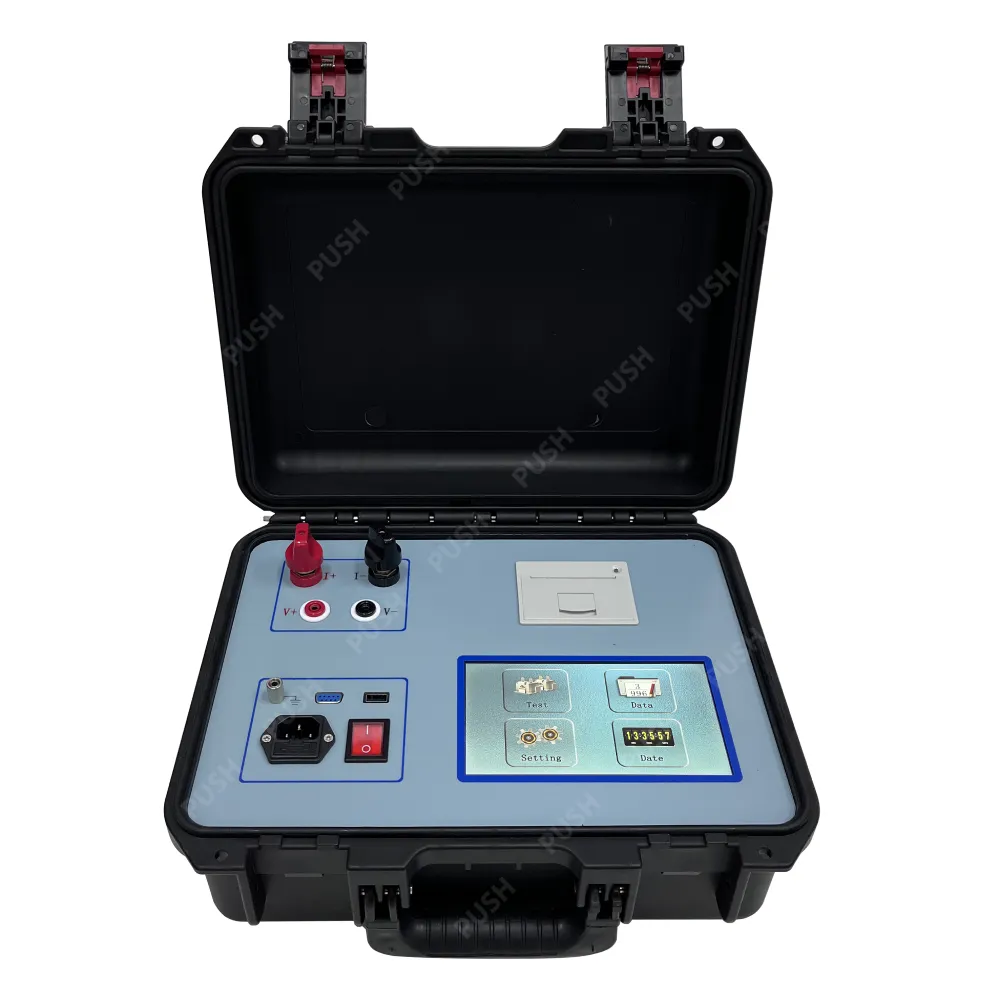 English
English


surface partial discharge
Understanding Surface Partial Discharge Significance and Mitigation
Surface partial discharge (PD) is a crucial phenomenon that occurs in various electrical insulation systems, particularly in high-voltage equipment. It involves localized electrical discharges on the surface of insulating materials, which can lead to significant deterioration and eventual failure of the insulation system. As such, understanding the mechanisms behind surface partial discharge and finding effective mitigation strategies are essential for ensuring the reliability and longevity of electrical devices.
At the core of surface partial discharge is the presence of imperfections or contaminants on the insulating surface. These imperfections may include dust, moisture, or manufacturing defects, which can create localized regions where the electric field strength exceeds the insulation's breakdown threshold. In such areas, partial discharges can occur, releasing energy that contributes to the erosion of the insulating material over time. This degradation not only compromises the performance of electrical equipment but can also pose safety risks by increasing the likelihood of catastrophic failures.
The effects of surface partial discharge are especially prevalent in high-voltage systems, such as transformers, capacitors, and circuit breakers. In these applications, prolonged exposure to partial discharges can result in a variety of issues, including loss of dielectric strength, increased leakage currents, and the potential for complete electrical breakdown. Therefore, the detection and monitoring of surface partial discharges are imperative for the maintenance of these critical systems.
surface partial discharge

Monitoring strategies often involve advanced diagnostic tools that measure the electromagnetic signatures produced by partial discharges. Technologies such as ultrasonic detection, light emission analysis, and electrical measurement techniques are commonly employed to assess the condition of insulation materials. By identifying and quantifying PD activity, maintenance teams can implement timely interventions to mitigate further damage, thereby extending the lifespan of electrical equipment.
To combat the impact of surface partial discharge, several mitigation strategies can be employed. First, ensuring optimal environmental conditions around electrical equipment is essential. This includes maintaining appropriate humidity levels and keeping surfaces clean from contaminants. Regular inspections and preventive maintenance can also help identify potential issues before they escalate into severe problems.
Another significant strategy involves the use of advanced insulating materials designed to resist partial discharge activities. These materials exhibit improved surface characteristics and higher breakdown voltages, reducing the likelihood of PD occurrence. By investing in state-of-the-art insulating technologies and employing best practices in maintenance, industries can enhance the reliability of their high-voltage systems.
In conclusion, surface partial discharge represents a critical challenge in the realm of electrical insulation. By understanding its mechanisms, employing effective monitoring techniques, and adopting proactive mitigation strategies, we can significantly enhance the performance and safety of electrical equipment. As technology continues to evolve, ongoing research and development are essential to further improve our capabilities in managing and preventing surface partial discharge.
-
Differences between open cup flash point tester and closed cup flash point testerNewsOct.31,2024
-
The Reliable Load Tap ChangerNewsOct.23,2024
-
The Essential Guide to Hipot TestersNewsOct.23,2024
-
The Digital Insulation TesterNewsOct.23,2024
-
The Best Earth Loop Impedance Tester for SaleNewsOct.23,2024
-
Tan Delta Tester--The Essential Tool for Electrical Insulation TestingNewsOct.23,2024





